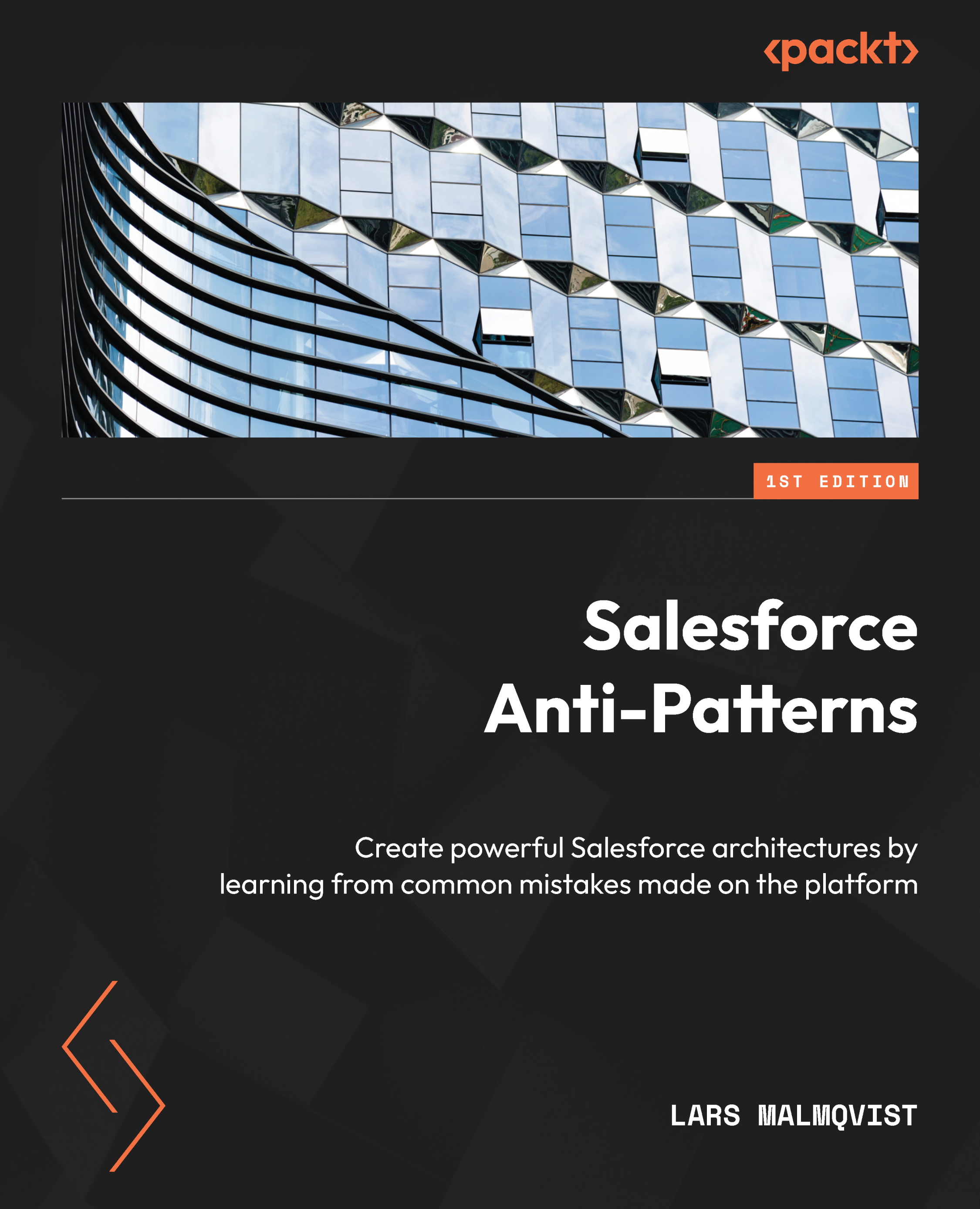Muddling up the systems landscape
The easiest way to muddle up your systems landscape, as we shall see, is to go ahead with implementation in a local, unstructured, and badly governed way. While there are many attractions to small local projects, they very easily deteriorate into anti-patterns that have serious negative consequences for your overall enterprise architecture. We will start by looking at the classic Stovepipe anti-pattern, which is a common outgrowth of such projects, and then look at its organizational cousin, Stovepipe Enterprise.
Stovepipe
An example
John is the CRM manager at DreamCo, a provider of bespoke travel accessories. The company has decided to invest in a small implementation of Salesforce Sales Cloud, replacing an old Siebel system that’s been in operation...































































